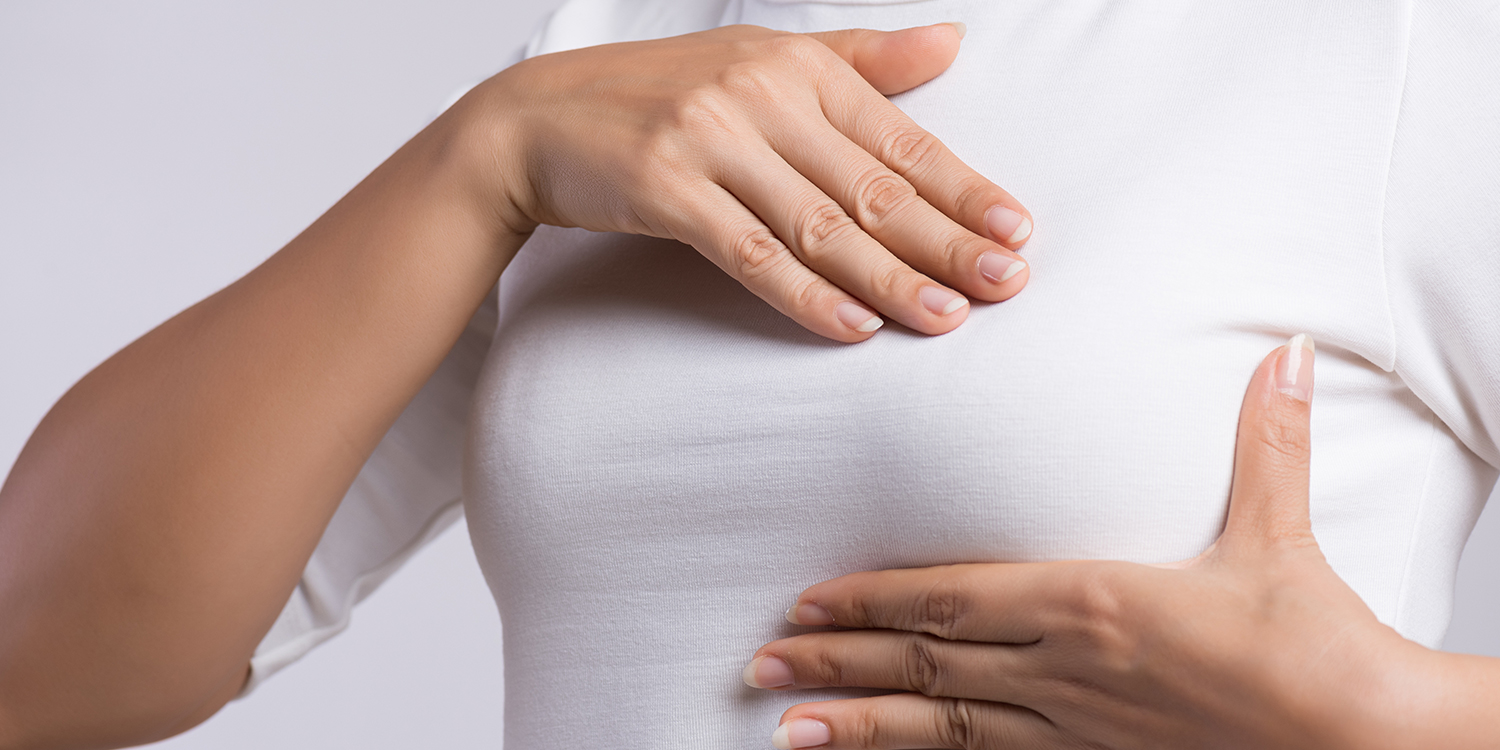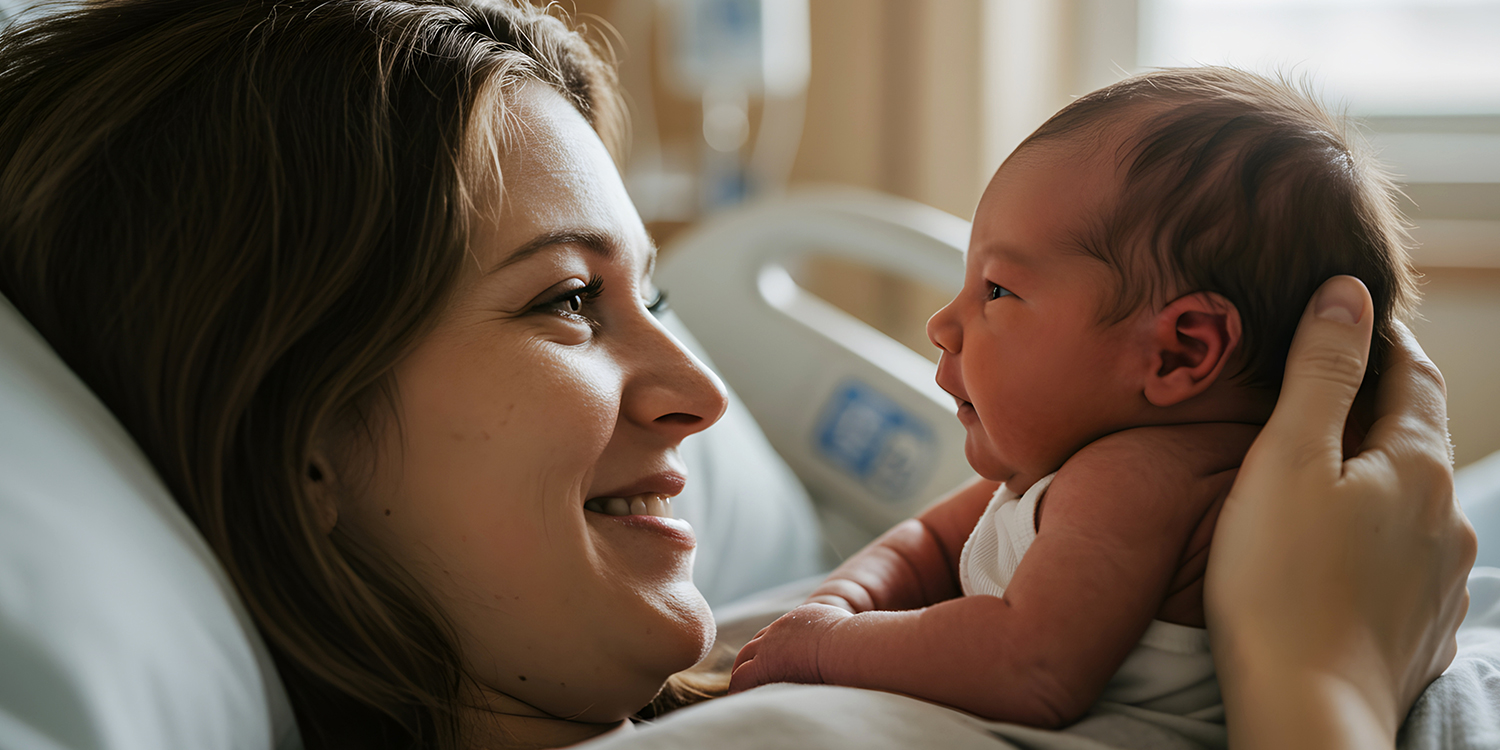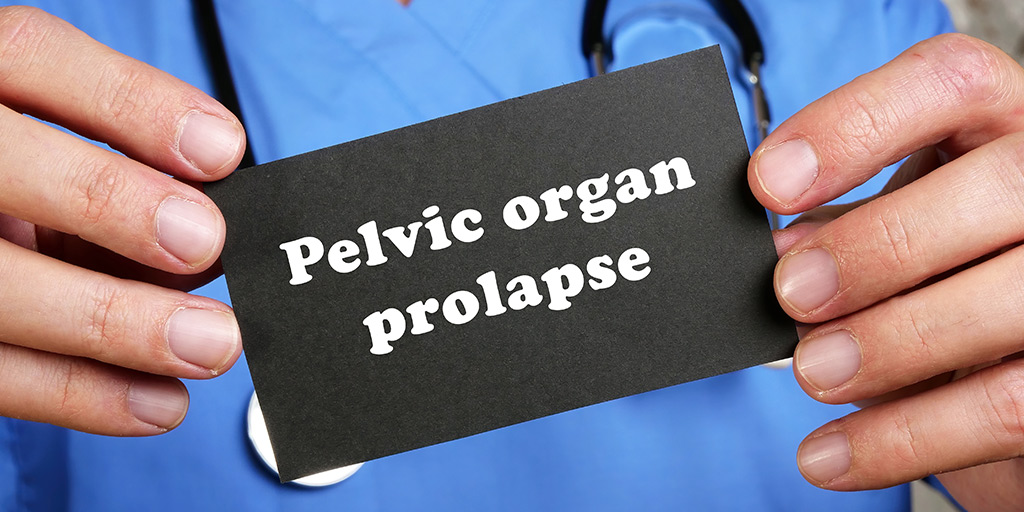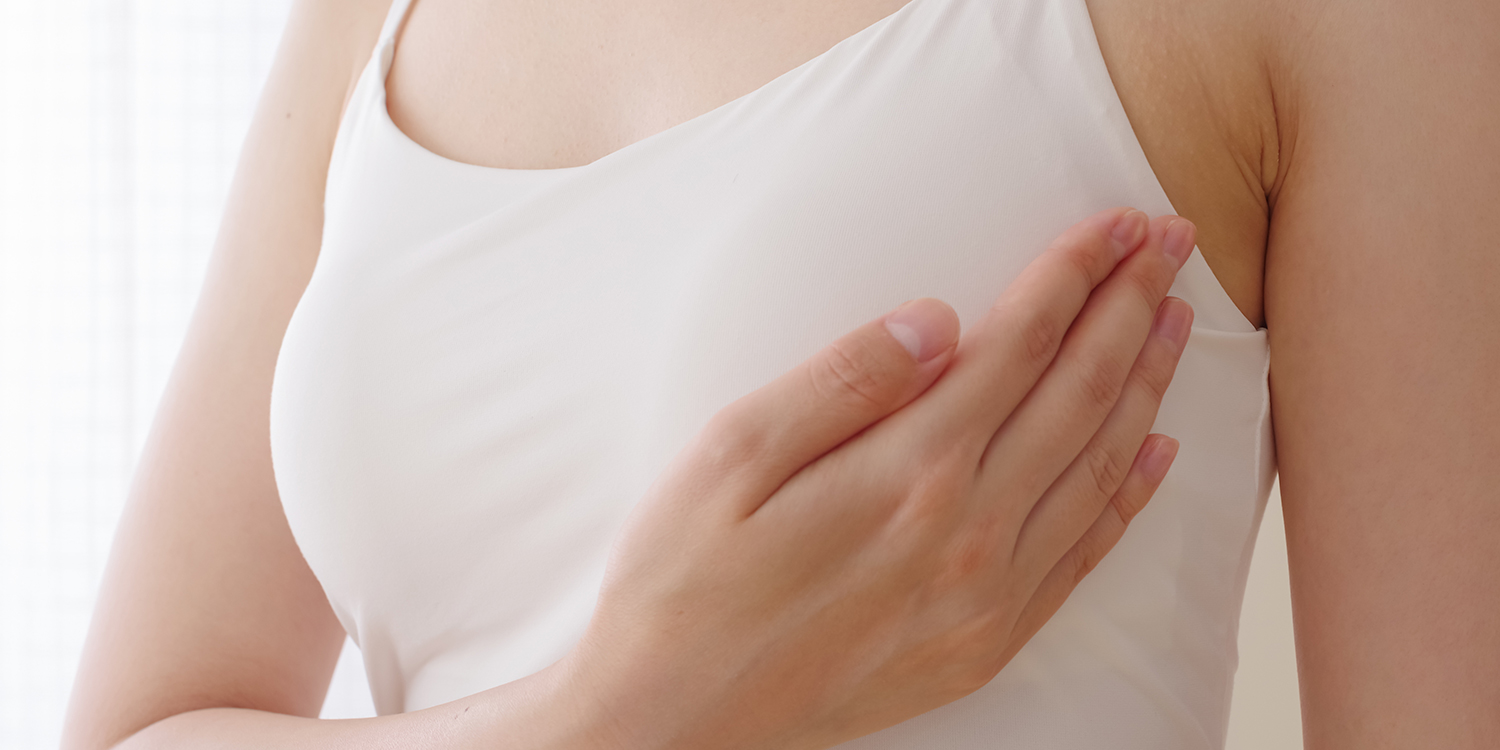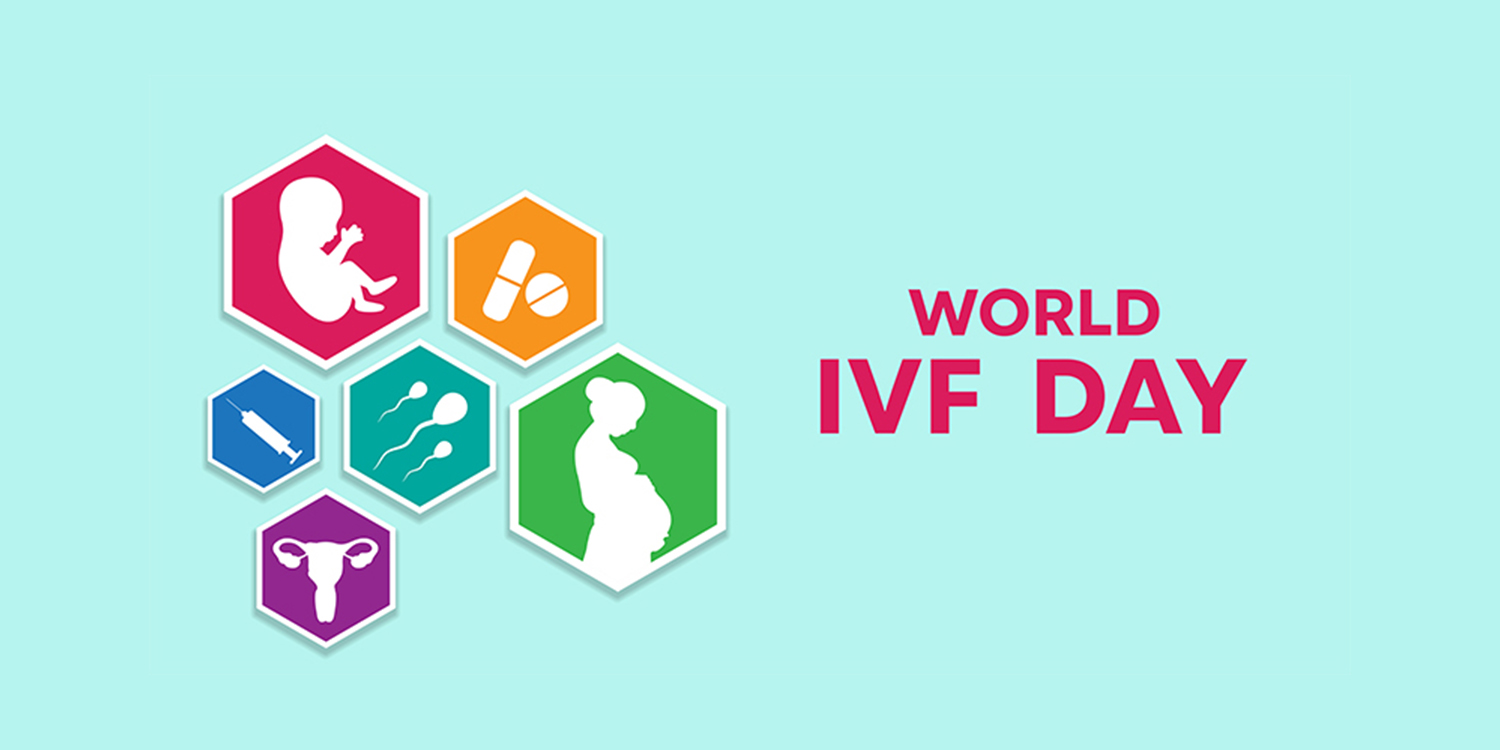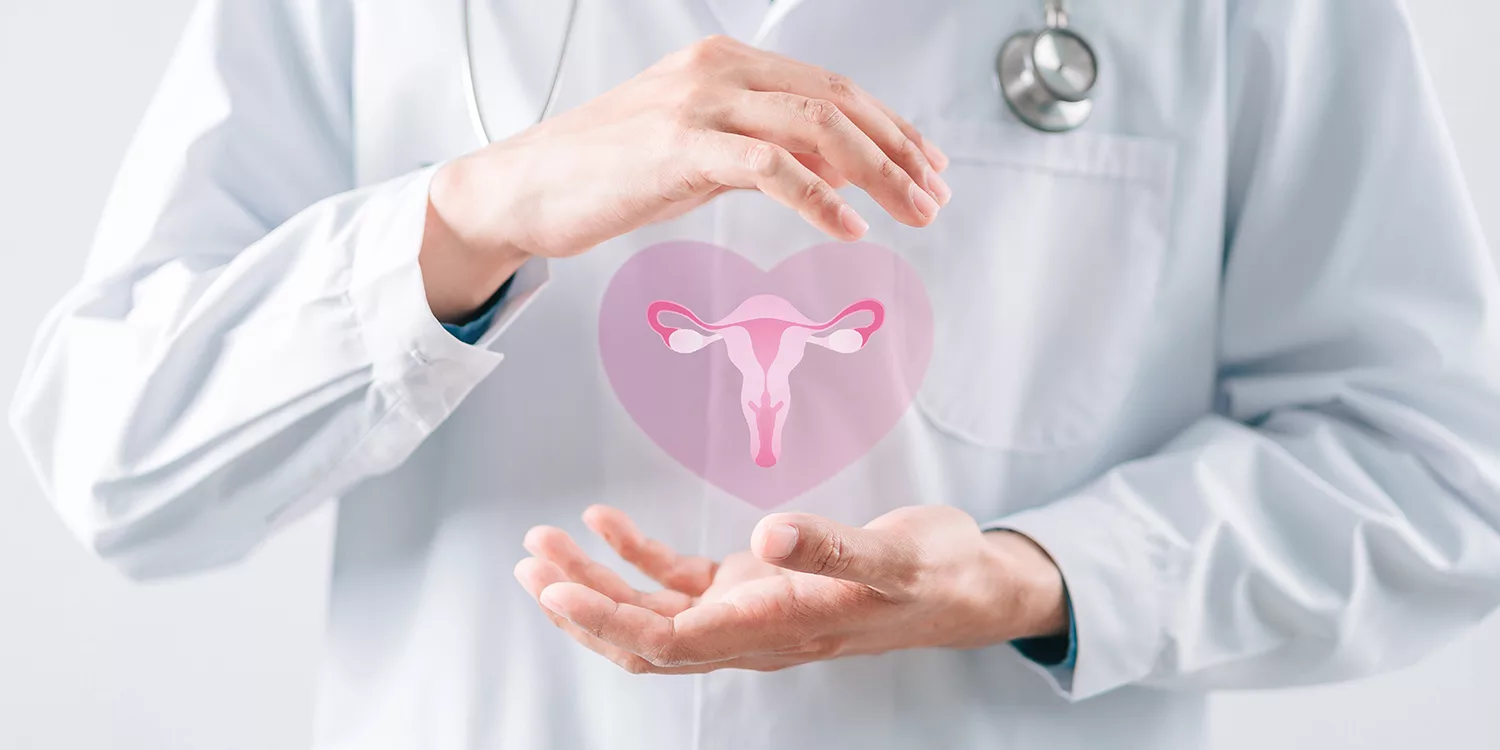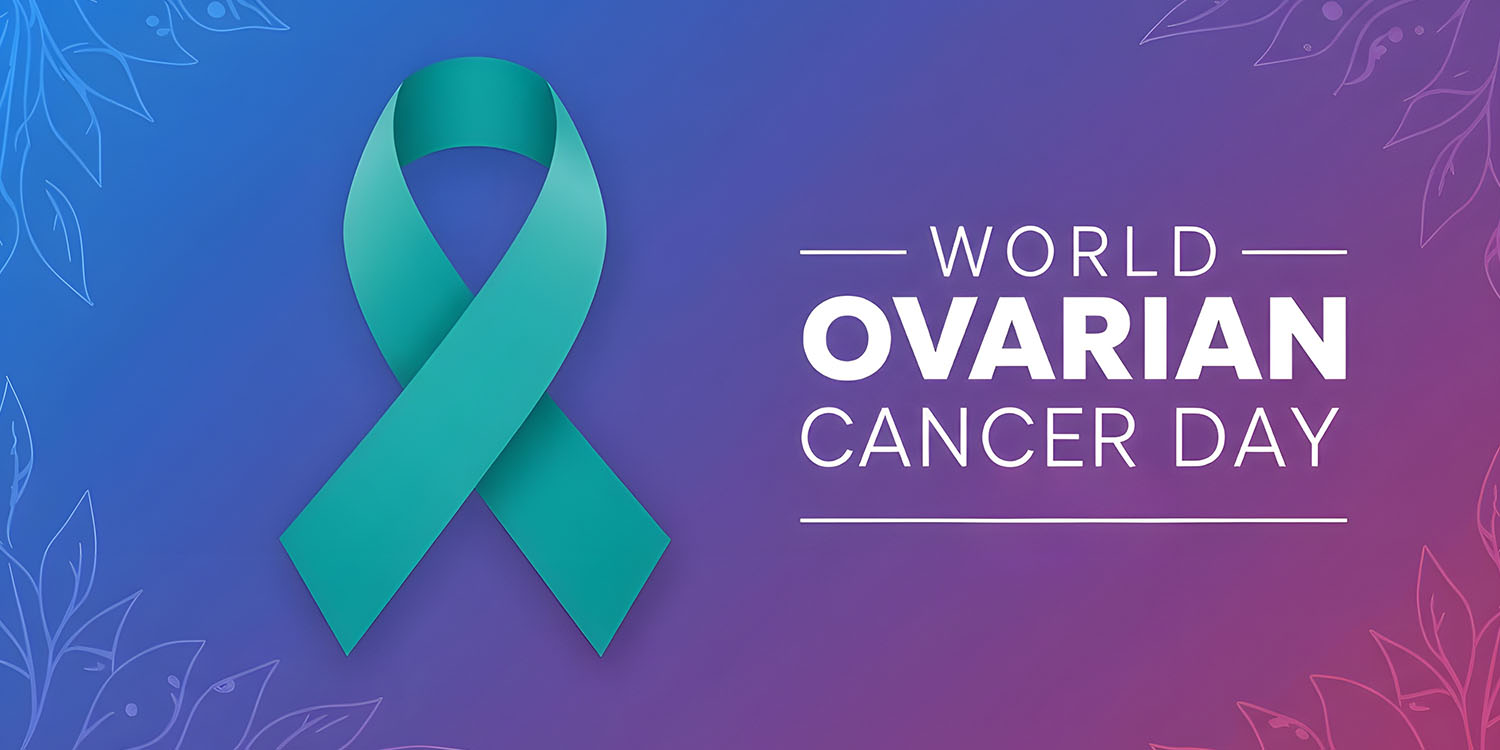Uterine fibroids, also known as leiomyomas or myomas, are non-cancerous growths that develop in or around the uterus. They are one of the most common gynaecological conditions in women of reproductive age, often causing symptoms such as heavy bleeding, pelvic pain, or fertility concerns. In India, fibroid disease affects a large number of women but frequently goes undiagnosed until symptoms begin to interfere with daily life.
At Graphic Era Hospital, Dehradun, our Department of Obstetrics & Gynaecology specialises in the diagnosis and management of uterine fibroids along with other reproductive health conditions such as PCOS and endometriosis. With advanced imaging, fertility-focused evaluations, and minimally invasive surgical techniques, our team of experienced gynaecologists supported by skilled nursing staff ensures accurate diagnosis and personalised treatment for every patient.
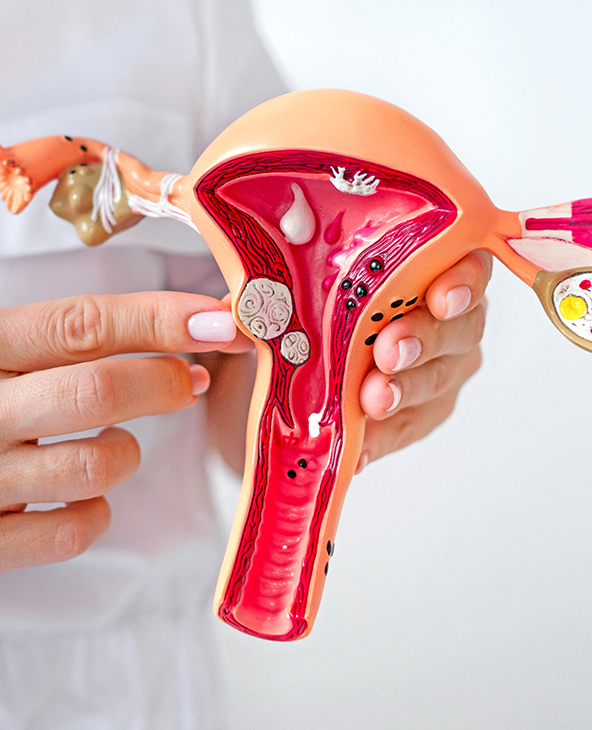
What are Uterine Fibroids?
Uterine fibroids are benign (non-cancerous) tumours that grow in or around the uterus. Made up of muscle and fibrous tissue, these growths can vary in size - from very small, pea-sized nodules to large masses that can distort the shape of the uterus.
While many women may have fibroids without any noticeable symptoms, others can experience heavy menstrual bleeding, prolonged periods, pelvic pain, frequent urination, or difficulty conceiving. Fibroids can be single or multiple and may grow slowly or enlarge rapidly during certain stages of a woman’s life, especially in the reproductive years.
As fibroids are not cancerous, they do not increase the risk of uterine cancer. Their growth is often influenced by hormonal factors, particularly oestrogen and progesterone, which is why they tend to shrink after menopause.
Types of Uterine Fibroids
Fibroids can grow in different parts of the uterus, and their location often determines the symptoms a woman may experience. At Graphic Era Hospital, our uterine fibroids specialists diagnose and classify fibroids carefully to plan the most effective treatment. The main types of uterine fibroids include:
- Intramural Fibroids: These are the most common types of fibroids that grow within the muscular wall of the uterus. As they grow, they can make the uterus feel larger or heavier, often leading to heavy menstrual bleeding, pelvic pain, or a feeling of pressure or fullness in the lower abdomen.
- Submucosal Fibroids: These fibroids form just beneath the inner lining of the uterus and may bulge into the uterine cavity. Even when small, they can disrupt normal menstrual flow, causing very heavy or prolonged bleeding, spotting, or fertility issues.
- Subserosal Fibroids: These grow on the outer surface of the uterus and extend outward. They typically don’t affect menstrual flow but may press on nearby organs, leading to frequent urination, constipation, back pain, or a sense of fullness depending on their size.
- Pedunculated Fibroids: These fibroids grow on thin stalks attached to the uterus. Because they’re mobile, if the stalk twists, it can cut off blood supply, leading to sudden, sharp pain or severe cramping, which often needs prompt medical attention.
Symptoms of Uterine Fibroids
Not all women with fibroids experience symptoms, but when they do, these signs can significantly affect daily activities and overall well-being. Common symptoms include:
- Heavy or prolonged menstrual bleeding
- Pelvic pain or a feeling of pressure in the lower abdomen
- Frequent urination or difficulty emptying the bladder
- Constipation or bloating
- Backache or leg pain
- Pain during intercourse
- Difficulty conceiving or repeated miscarriages
Diagnosis of Uterine Fibroids
Accurate diagnosis is the foundation of effective uterine fibroid treatment. At Graphic Era Hospital, the Department of Obstetrics & Gynaecology uses advanced imaging and screening techniques to assess the exact size, location, and type of fibroids. This comprehensive evaluation enables specialists to determine the most suitable treatment plan, whether medical management or surgical intervention, for each individual.
Diagnostic methods used at Graphic Era Hospital include:
- Clinical examination: A routine pelvic exam can sometimes detect irregularities in the shape or size of the uterus.
- Ultrasound Scan: High-resolution imaging of the uterus to locate and measure fibroids.
- Magnetic Resonance Imaging: MRI is used for detailed mapping in complex or multiple fibroid cases.
- Hysteroscopy: A thin, lighted tube inserted into the uterus through the vagina, allowing direct visualisation of fibroids inside the uterine cavity.
- Other Tests: In certain cases, blood tests may be recommended to check for anaemia caused by heavy bleeding.
Treatment of Uterine Fibroids at Graphic Era Hospital
Treatment for uterine fibroids depends on their size, number, location, and the symptoms they cause. At Graphic Era Hospital, our gynaecologists provide both medical management and advanced surgical options, ensuring each woman receives care personalised to her health needs and future fertility goals.
Treatment options include:
- Medical management: Medications and hormonal therapies to control heavy bleeding, shrink fibroids, and ease pain.
- Myomectomy: Myomectomy is the Surgical removal of fibroids while preserving the uterus, recommended for women who wish to maintain fertility.
- Hysteroscopy: A minimally invasive procedure to remove fibroids inside the uterine cavity using a small scope.
- Laparoscopic or Robotic Surgery: Keyhole procedures to remove fibroids with smaller incisions, less scarring, and quicker recovery.
- Laparotomy: Traditional open surgery for very large or multiple fibroids.
- Hysterectomy: Hysterectomy removal of the uterus, offered in severe cases where other treatments are not suitable.
- Uterine Fibroid Embolization (UFE): A procedure to cut off blood supply to fibroids, causing them to shrink.
Why Choose Graphic Era Hospital for Uterine Fibroids Treatment?
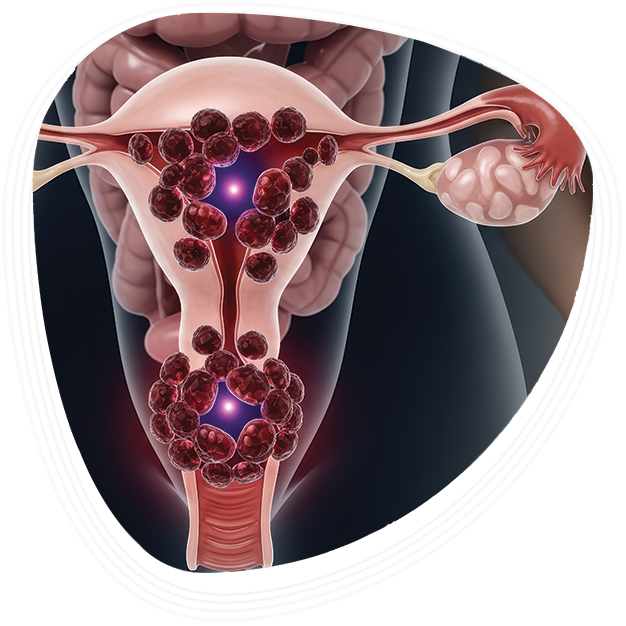
Complications of Untreated Uterine Fibroids
While many fibroids remain harmless, untreated or large fibroids can lead to complications that impact a woman’s health and quality of life.
Possible complications include:
- Anaemia: Heavy or prolonged bleeding may cause iron deficiency and fatigue.
- Chronic pelvic pain: Constant pressure or discomfort in the lower abdomen.
- Bladder and bowel issues: Large fibroids may press on nearby organs, leading to frequent urination or constipation.
- Infertility and pregnancy complications: Fibroids can interfere with conception, cause miscarriage, or increase the risk of preterm delivery.
- Impact on daily life: Severe symptoms can affect energy levels, emotional health, and overall well-being.
Risk Factors for Uterine Fibroids
Certain factors can increase the likelihood of developing fibroids. These include:
- Age: Most common in women between 30 and 50 years
- Family history: A higher risk if close relatives have had fibroids
- Lifestyle factors: Such as a poor diet or excessive alcohol intake
- Hormonal imbalance and related conditions
- Early onset of menstruation
- Obesity or high body weight
Top Fibroid Treatments at Graphic Era Hospital
- Myomectomy
- Hysteroscopy
- Laparoscopic Surgery
- Hysterectomy
- Uterine Fibroid Embolization (UFE)
Blog
Frequently Asked Questions
Are uterine fibroids cancerous?
No, uterine fibroids are non-cancerous growths. They are benign tumours of the uterus, although regular monitoring is important to manage symptoms and rule out rare complications.
What are the early signs of uterine fibroids?
Early signs may include heavy or prolonged periods, pelvic pain, bloating, or frequent urination. Some women may not notice symptoms until fibroids grow larger.
Can uterine fibroids cause infertility or pregnancy complications?
Yes. Depending on their size and location, fibroids may interfere with conception, increase the risk of miscarriage, or cause complications during pregnancy and delivery.
Which size of fibroid requires surgery?
Surgery may be recommended if fibroids are very large (usually above 5 cm), cause severe bleeding, pain, infertility, or affect surrounding organs.
What are the risks of uterine fibroid treatment?
Risks vary depending on the treatment type and may include bleeding, infection, or recurrence of fibroids. Minimally invasive procedures at Graphic Era Hospital reduce many of these risks.
Can fibroids come back after treatment?
Yes, fibroids can recur, especially in women who have not yet reached menopause. Regular follow-up care helps in monitoring and managing recurrence.
Is uterine fibroids treatment available in Dehradun and Uttarakhand?
Yes. Graphic Era Hospital in Dehradun offers advanced medical and surgical options for fibroid treatment, making it a trusted centre for women across Uttarakhand.
Where can I find the best fibroid specialist doctor near me?
At Graphic Era Hospital, experienced gynaecologists specialise in the diagnosis and treatment of fibroids, ensuring safe and personalised care.
What happens if fibroids go untreated?
If untreated, fibroids can cause anaemia, chronic pain, bladder or bowel problems, and fertility issues. Early treatment ensures better health outcomes.
Which is the best hospital for fibroid surgery near me in Dehradun?
Graphic Era Hospital is one of the best centres for fibroid surgery in Dehradun, equipped with skilled specialists and advanced minimally invasive techniques.
